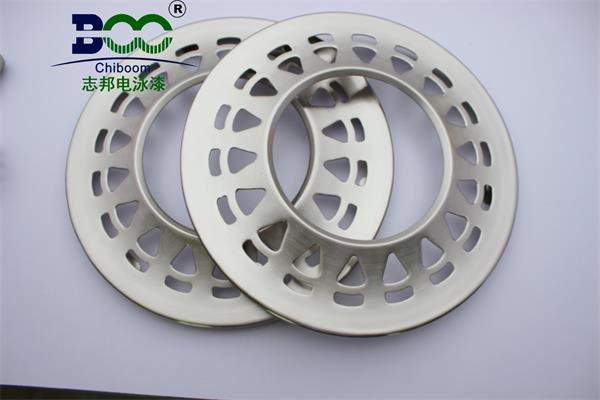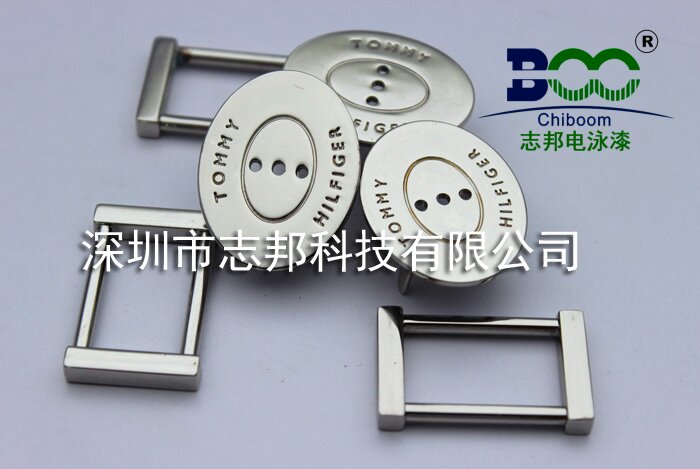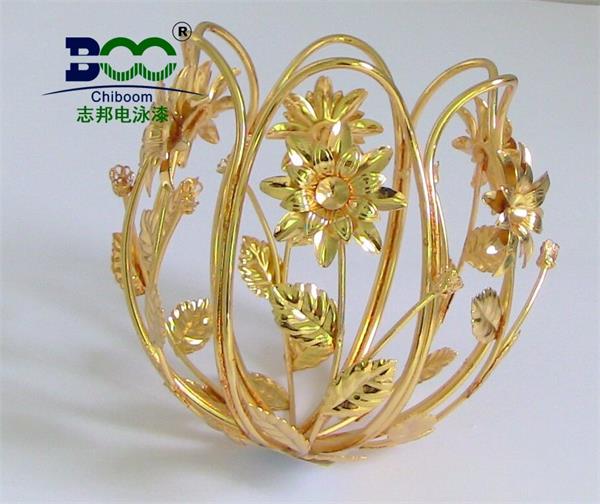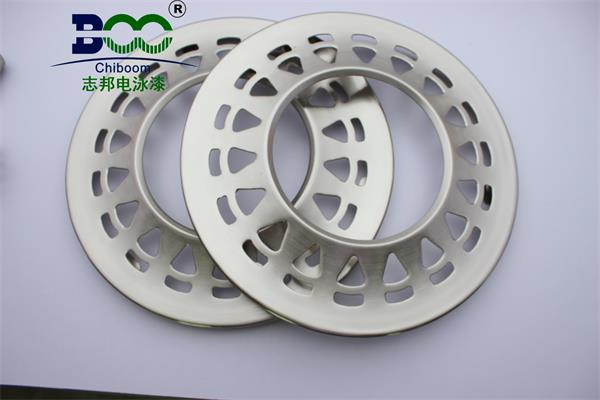What Causes Uneven Electrodeposition Coating?
Electrodeposition painting, also known as electrophoretic painting, is an efficient and environmentally friendly painting technology widely used in various industries such as automobiles, home appliances, and hardware. However, in the actual production process, problems of uneven electrodeposition coating may sometimes occur. This not only affects the appearance quality of the product but may also affect its protective performance. So, what exactly causes the unevenness of electrodeposition coating? This article will delve into the common causes of uneven electrodeposition coating and explore corresponding solutions.
Electrodeposition painting is a complex electrochemical process. Its principle involves immersing a conductive workpiece into a water-soluble paint. Through the action of a direct current electric field, the paint ions deposit onto the surface of the workpiece, forming a uniform paint film. This process involves multiple factors, and any problem in any link can lead to uneven paint film.

Firstly, improper control of the parameters of the electrophoretic bath is a common cause of uneven paint film. Parameters such as solid content, pH value, conductivity, and solvent content of the electrophoretic bath need to be precisely controlled. If the solid content is too high or too low, it will affect the electrophoretic performance of the paint, leading to uneven paint film thickness. The pH value and conductivity directly affect the electrophoretic deposition efficiency during the electrophoretic process. If they are not properly controlled, it can also cause uneven paint film thickness or the appearance of mottling and other issues. Too high a solvent content can lead to defects such as pinholes and orange peel in the paint film. Therefore, regularly testing and adjusting the parameters of the electrophoretic bath to ensure they are within an appropriate range is key to ensuring the uniformity of the electrodeposition coating.
Secondly, voltage and electrophoretic time are important process parameters that affect the uniformity of the paint film… pinholes, and poor adhesion. Therefore, it is necessary to thoroughly clean the workpiece before electrophoresis, such as degreasing, derusting, and phosphating, to ensure that the surface of the workpiece is clean and free of impurities, thereby improving the adhesion and uniformity of the paint film.
Fourth, uneven conductivity of the workpiece can also lead to uneven paint film. For example, if there are insulating materials or areas with significantly different conductivity on the surface of the workpiece, it will lead to uneven current distribution, resulting in uneven paint film thickness. In this case, measures need to be taken to improve the conductivity of the workpiece. For example, conductive treatment can be carried out on insulating materials, and measures such as shielding or auxiliary electrodes can be used for areas with significantly different conductivity.
Finally, the condition of the electrophoretic equipment also affects the uniformity of the paint film. For example, the arrangement of electrodes, the circulation and agitation of the anolyte, and the operating status of the ultrafilter system all affect the stability of the electrophoretic bath and the normal progress of the electrophoretic process. If the equipment fails or operates unstably, it will lead to various defects in the paint film. Therefore, it is necessary to regularly maintain and service the electrophoretic equipment to ensure it is in good working condition.
In conclusion, uneven electrodeposition coating is a complex problem, and its causes involve multiple aspects. Only by comprehensively analyzing various factors that may cause uneven paint film and taking corresponding measures to control them can the uniformity of the electrodeposition coating be effectively improved to ensure the quality and performance of the product. In the actual production process, it is necessary to analyze and judge the specific situation, find the root cause of the problem, and take targeted measures to solve it, so as to finally achieve high-quality and efficient production of electrodeposition painting.





 WeChat
WeChat